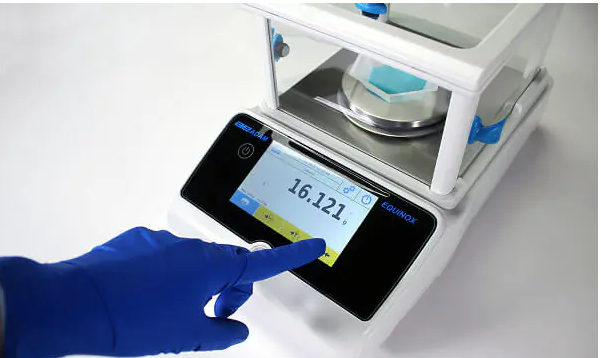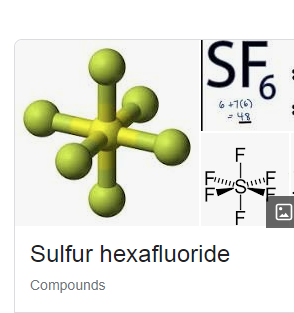
Absolute pressure is a base reference for pressure measurements, using a perfect vacuum or air-free space as its base. It is used in applications such as high-accuracy vacuum measurement, low pressure in distillation vacuum columns in petroleum refining, and checking for leakage in tanks processes. Gauge pressure (Pg) is the difference between atmospheric pressure (Pamb) and absolute pressure (Pabs). It is used in laboratories to measure variations in air conditioning and air control, in instruments to measure levels in atmospheric tanks, and in process tanks and pipes where the working pressure is greater than the variations in atmospheric pressure.
Differential pressure (DP or ?P) is the difference in pressure between two points of pressure. It is measured using Bourdon Tubes, Diaphragms, and Bellows System. Applications that require differential pressure instruments include level measurement in closed vessels, overpressure measurement in clean rooms, flow and filtration of gas and liquid media in industrial systems, and leak detection.
Units for measuring pressure include BAR (at sea level), PSI (Pounds per Square Inch), PA (Pascal), Torr (pressure directed onto a 1mm cylinder of mercury), InHg (pressure exerted onto a one inch cylinder of mercury), and InH2O (measure of 1inch cylinder of water at gravity and 4°C).
Absolute pressure gauges are sealed instruments, measuring the actual pressure applied regardless of any change in atmospheric pressure. Differential pressure measures the pressure drop across a system, such as monitoring a filtration system within a pipeline, as the filter blocks the differential pressure upstream. By evaluating the correct pressure measurement, you can achieve a more accurate, economical, and efficient way to measure pressure in your pressure applications.




